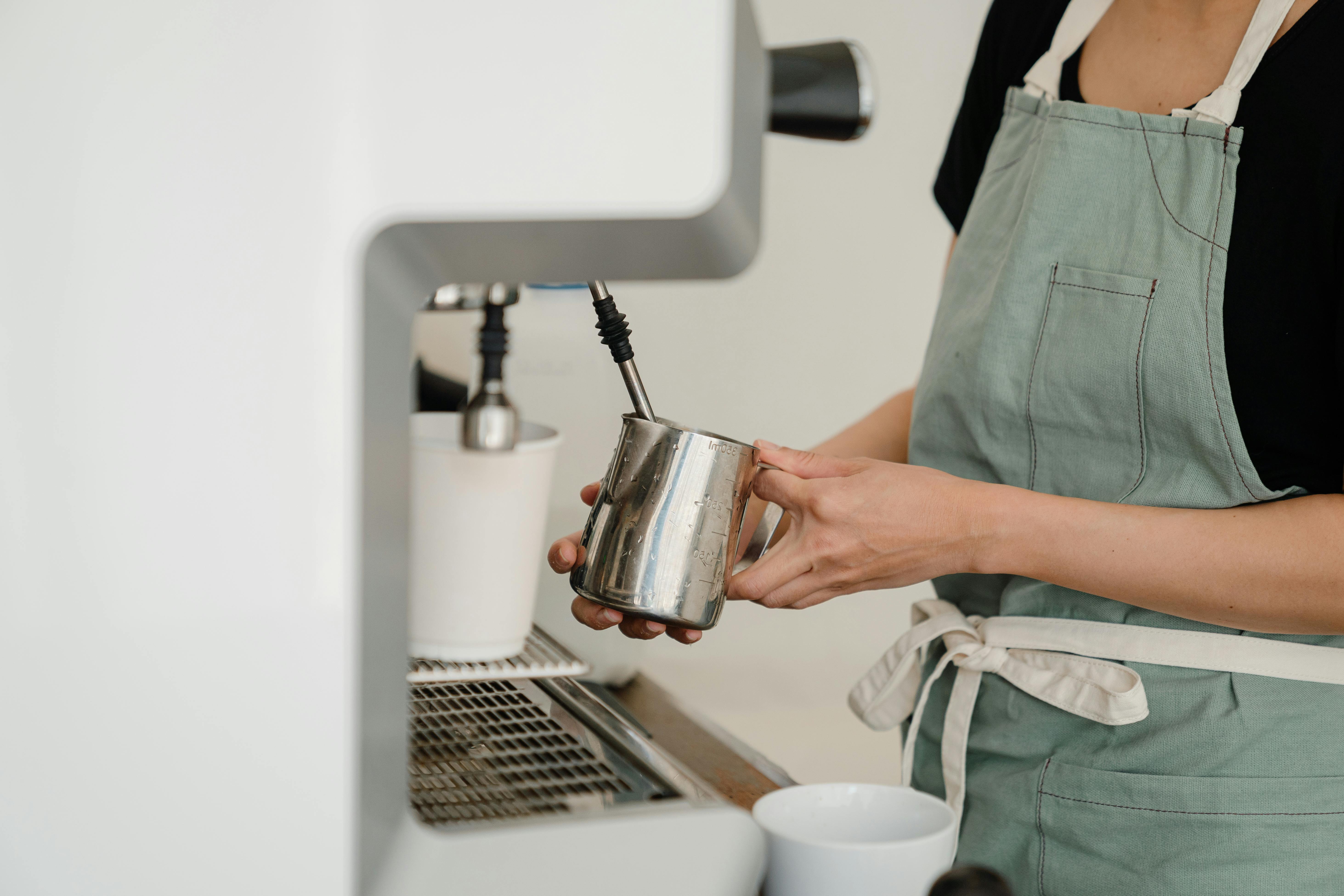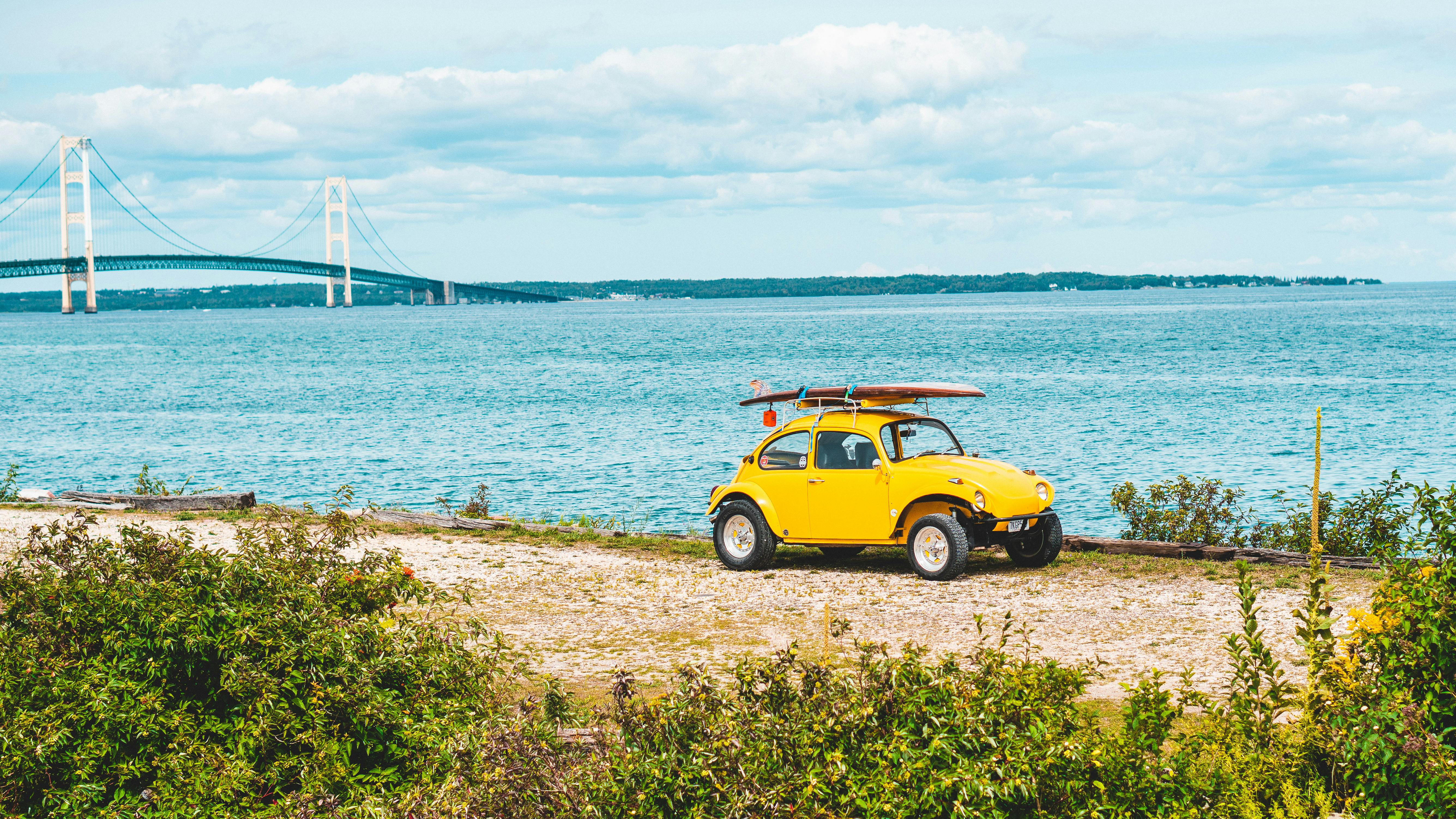Making distilled water for a CPAP machine is an important part of keeping the device clean and in proper working order. Distilled water helps to remove impurities from the air that can build up in the machine, which can cause bacteria and mold growth. Having a good supply of clean, distilled water is essential for ensuring the longevity of your CPAP machine. In this guide, we will discuss how to make distilled water for your CPAP machine at home. With a few supplies and some simple instructions, you can easily make your own distilled water and keep your CPAP machine running smoothly.Distilled water is water that has been boiled and evaporated to remove any impurities or contaminants. After the water is boiled, it is condensed back into a liquid, leaving behind any sediments, minerals, or other impurities. Distilled water is often used in medical and laboratory settings as it is free from bacteria and other contaminants. It can also be used for drinking water if the impurities in regular tap water are not desirable.
Why Is Distilled Water Needed For a CPAP Machine?
CPAP machines require distilled water to help keep the humidifier chamber clean and free of bacteria or other contaminants. Distilled water is a type of purified water that has been put through a process of evaporation, condensation, and filtration. This process removes any minerals, salts, and other impurities that may be present in tap or drinking water. By using distilled water in the humidifier chamber, it helps keep the air breathed in by the user free from any contaminants or particles that may have been present in tap or drinking water.
In addition to keeping the humidifier clean, using distilled water can also help prevent mineral buildup on the CPAP mask and tubing. Tap or drinking water can contain minerals such as calcium and magnesium which can build up over time on the mask and tubing. This mineral buildup can clog up the airways and make it harder for air to flow through, reducing the effectiveness of the CPAP machine. By using distilled water instead of tap or drinking water, this helps reduce mineral buildup which keeps your CPAP machine running smoothly and efficiently.
How To Obtain Distilled Water
Distilled water is a type of purified water that has had both impurities and minerals removed. It is commonly used for scientific experiments, medical procedures, and industrial processes. Distilled water can also be used for drinking purposes as it does not contain any harmful contaminants. Obtaining distilled water is easy and can be done in several ways.
One of the most common methods for obtaining distilled water is by boiling it. Boiling the water removes any impurities or microorganisms as they cannot survive in high temperatures. The steam produced from boiling the water can then be collected and cooled to create pure distilled water. To ensure that no additional contaminants are added during this process, it is important to use a clean pot or container when boiling the water.
Another popular method of obtaining distilled water is through reverse osmosis filtration systems. This type of system uses a membrane to filter out impurities and minerals from regular tap water, leaving only pure, distilled liquid behind. Reverse osmosis filtration systems are generally more expensive than boiling the water but they provide a more reliable way of obtaining high-quality distilled liquid with minimal effort
Benefits of Distilled Water for a CPAP Machine
Using distilled water in a CPAP machine has several benefits. Distilled water is free of contaminants and minerals, making it an ideal choice for humidifying air during CPAP therapy. It also helps to prevent buildup of bacteria and mold within the water chamber, reducing the risk of infection and irritation. In addition, distilled water is less likely to leave behind residue or cause damage to the machine over time.
Another benefit is that distilled water helps reduce overall noise levels while using a CPAP machine. Since there are no minerals or contaminants in the water, the noise created by the machine’s fan is minimized. This can be particularly helpful if you’re using a CPAP machine in a shared bedroom or in other quiet areas.
Lastly, distilled water is safe to use in any type of CPAP machine. Most manufacturers recommend using distilled water instead of tap or spring water as it is free from any impurities that may cause damage to your device over time. This will save you money in the long run as you won’t have to worry about replacing any parts due to mineral
Distillation
Distillation is one of the most common methods of making distilled water. This process involves boiling the water and collecting the steam, which is then cooled to return it to liquid form. The steam that is collected will contain fewer contaminants than the original water source, making it a safe and effective way to produce distilled water. The distillation process can be done with a variety of equipment, such as a distiller or still. This method is often used in commercial settings, as it can produce large amounts of distilled water quickly and efficiently.
Deionization
Deionization is another method for making distilled water that involves removing charged particles from the water by using ion exchange resins or membranes. These resins or membranes attract positively charged ions in the water, such as calcium and magnesium ions, and replace them with hydrogen ions. This process reduces impurities while maintaining a neutral pH level in the resulting distilled water. It is more expensive than distillation but it provides higher quality results since more impurities are removed from the water.
Reverse Osmosis
R

Boiling Method for Making Distilled Water
Making distilled water is a relatively easy process that can be achieved through boiling. To begin, fill a pot or container with tap water and place it on the stove. Make sure the container is large enough so that the water does not boil over. Begin to heat the water until it begins to boil and let it boil for at least 10 minutes. After 10 minutes have passed, turn off the heat and allow the container of boiling water to cool completely. Once the boiling water has cooled, carefully pour it into a separate container such as a jug or bottle. The cooled water should now be distilled and can be stored in this container for later use. It is important to make sure that no contaminants are introduced during any part of this process as they may affect the quality of your distilled water.
Distilled water is often used for various household purposes such as providing drinking water, filling aquariums, watering plants, or cleaning electronics. It is also used in laboratory experiments and industrial processes due to its purity. While making distilled water through boiling is an effective method, other methods such as using a distiller machine are also available if desired
Steam Method for Making Distilled Water
Distilled water is a type of purified water that has had all contaminants removed through a distillation process. This process involves boiling the water until it turns to steam and then collecting the steam in a separate container, where it will condense back into liquid form. The steam method is one of the most effective ways to make distilled water in the comfort of your own home.
To get started, you’ll need a pot with a lid, some ice cubes, and something to collect the condensed steam (like a glass jar or bowl). Fill your pot with tap water and place it on the stove over medium-high heat. When the water starts to boil, put the lid on top and add some ice cubes. This will cause the boiling water to cool down slightly and turn into steam more quickly.
Once there’s enough steam in the pot, carefully place your glass jar or bowl directly underneath it so that it can catch the condensed steam. As the steam rises up from the boiling water, it will hit the cold surface of your collection vessel and turn back into liquid form. After
Rainwater Collected
Rainwater can be collected in a variety of ways. One of the most common methods is to use a rain barrel or cistern. A rain barrel is typically placed at the bottom of a downspout and collects runoff from the roof. The water is then stored for later use in gardens, lawns, and other outdoor activities. Rain barrels can also be connected together to increase storage capacity. Cisterns are larger tanks that store larger amounts of water for more intensive uses such as stormwater management or drinking water supply.
Method for Making Distilled Water
Distilled water is made by boiling water and condensing the steam back into liquid form. This method of purifying water involves boiling the water until it turns to steam, then capturing and condensing the steam on a cold surface such as a coil or plate. The condensed steam, which is now in liquid form, is collected and stored as distilled water. This method ensures that all contaminants and minerals are removed from the water before it can be consumed.

Conclusion
Distilling water is a simple process that can provide clean, pure water for your CPAP machine. The equipment required to distill water is relatively inexpensive and easy to find. Following the steps outlined in this article will help ensure that you have the necessary tools and supplies to make distilled water for your CPAP machine. Once you have distilled the water, it is important to store it in a clean container and use it within one month of making it. Taking the time to properly make and store distilled water can help ensure that you are getting the most out of your CPAP machine.
In sum, distilling water for a CPAP machine is easy and cost-effective way to ensure that you are getting clean, pure water for your device. With the right supplies and following best practices, you can make sure that your CPAP machine is always running optimally and providing quality air therapy for years to come.

